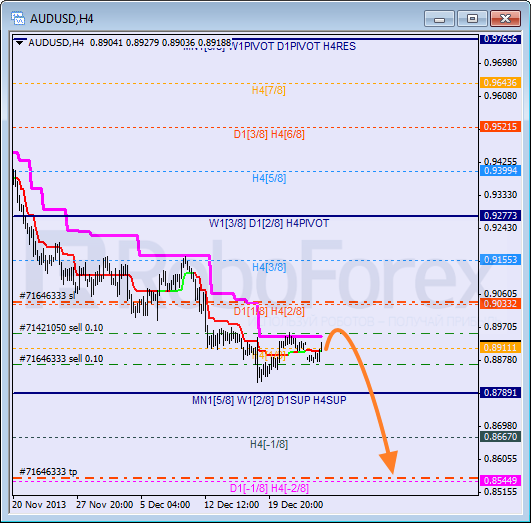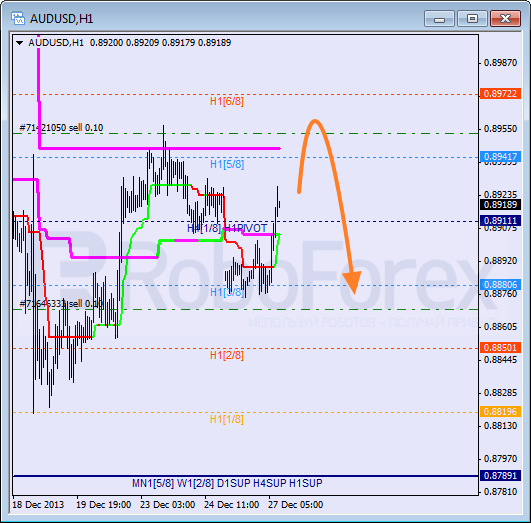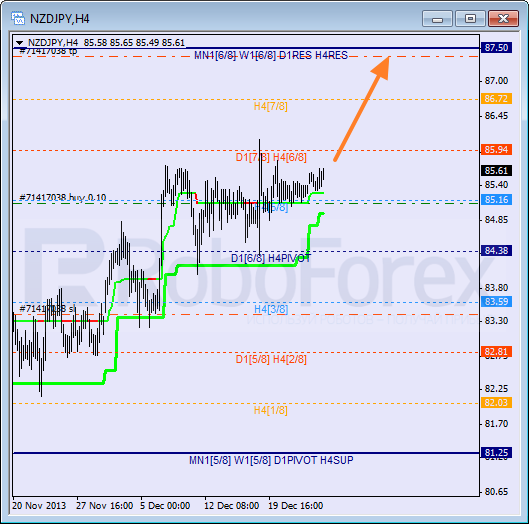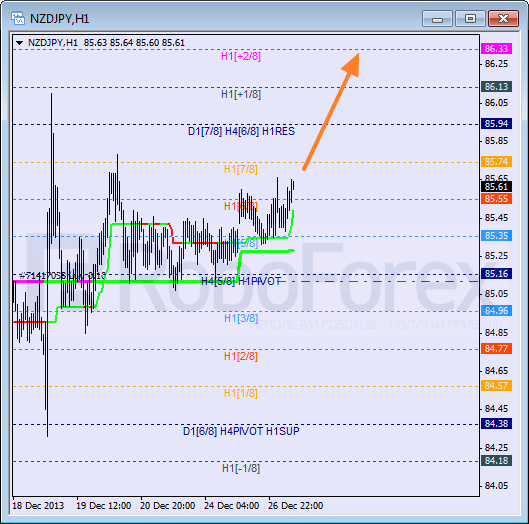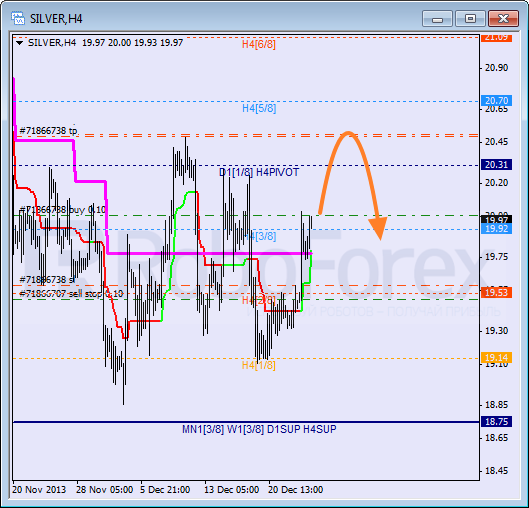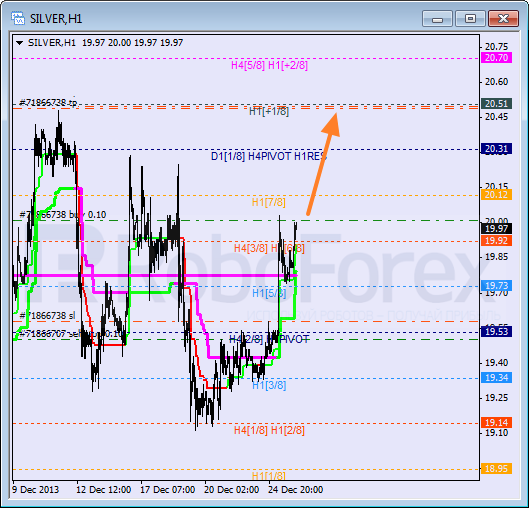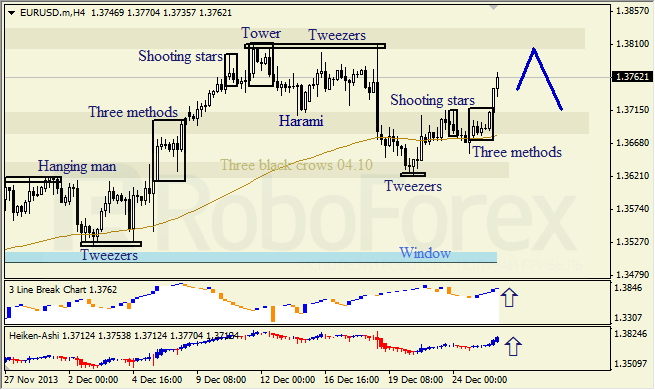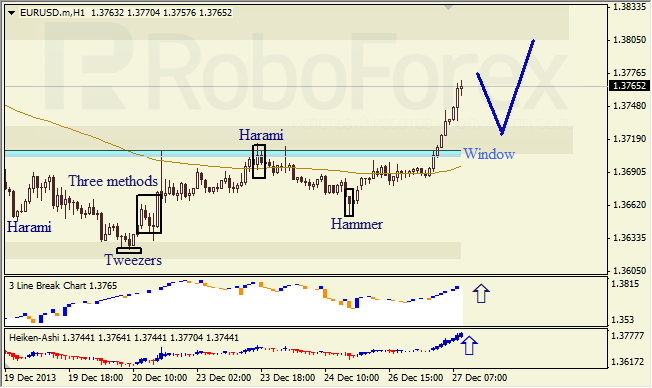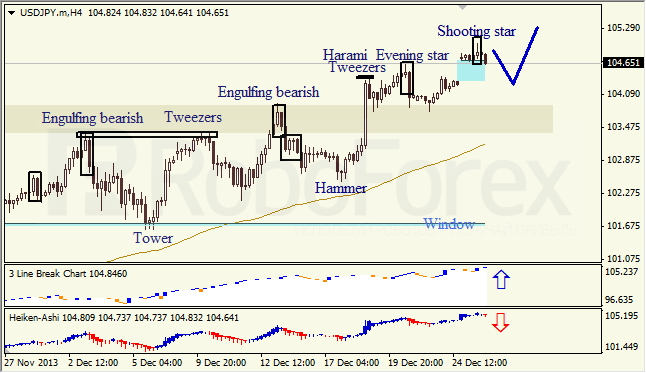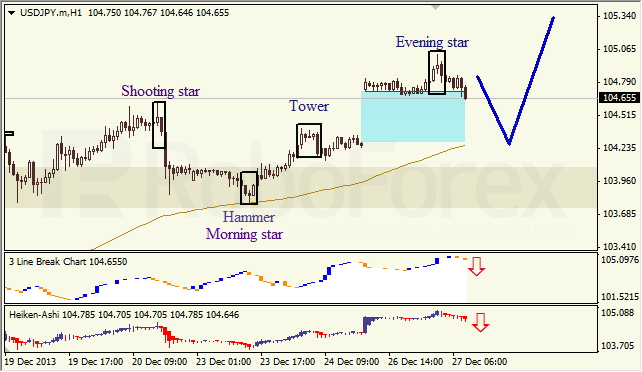![]()
For today’s special Christmas Eve
Outside the Box, my good friend Ed Easterling brings us pearls of wisdom on the subject of rowing vs. sailing. “Rowing?” you ask. “Sailing?” And, you’re thinking, “I would surely prefer to be a sailor.” Well, not so fast. Let Ed explain why putting your back into your investing process can pay off handsomely. A nice piece to think about as you are mashing the potatoes or icing the cake. You can see more of Ed’s marvelous work at
www.crestmontresearch.com.
Sometimes with all the news of disasters, wars, and plagues, we forget that the human experiment is still fundamentally intact and advancing. My great friend Louis Gave shot me a note sharing this optimistic thought in his Christmas greeting:
The United Nations recently released a heartening update on its ‘millennium goals’ for the developing world, with many of its 2015 targets on the way to being met, or indeed already met. The target to halve the number of people living on less than US$1.25 per day was achieved in 2010; the proportion of undernourished people fell from 23% of the developing world in 1990-92 to under 15% in 2010-2012; more than 2 billion people gained access to improved sources of drinking water. The list goes on but suffice to say that never in history have so many people across the globe lived so comfortably. This reflects the fact that with global GDP set to exceed US$74 trillion this year, never has the world produced this much.
New energy production (and new forms of energy), robotics, nanotech, the second (or is it the third?) wave of the communications revolution, and the amazing discoveries in biotech are all unfolding before our eyes. Global trade is expanding, and slowly but surely governments are changing. An ebb and flow thing, to be sure, but the tide is clearly lifting more boats than ever.
Just this morning I read of a new type of muscle/motor that is amazingly small yet 50 times more powerful than human muscle, a potential new cancer drug/cure going into human trials next quarter, and another breakthrough in computer cycle speeds. Moore’s Law is safe for a few years!
But the old values are unchanging, of course. And they are still the ones that bring us true pleasure and joy. The love of family and friends, those deep conversations that bring insight and clarity, a well-told story, and a perfect tomato. A new TV may amaze, but the light in a child’s face brings a joy that is unmatchable.
Thanks for sharing this past year with me. I value your time and attention, in a world where our time is increasingly focused on more and more “stuff” and where we seem to be drinking information through a fire hose, constantly confronted with facts and “knowledge” rather than savoring the flavors of wisdom and insight.
This week I cook twice, with most of the family coming for Christmas Day and then the “official” family Christmas on Saturday when all the kids can come in and be together. And you enjoy your holidays as well!
Your feeling content analyst,
John Mauldin, Editor
Outside the Boxsubscribers@mauldineconomics.com
Half & Half: Why Rowing Works
By Ed Easterling
December 23, 2013
Copyright 2013, Crestmont Research (www.CrestmontResearch.com)
So you’re in line at Starbucks. The guy in front of you orders a drink that takes longer to explain that it does to consume. You want a drip…with room in the cup for milk. Then YOU take longer to decide whether it’ll be cream, half and half, or some watered-down version of the natural product from cows. Decisions, decisions…
This article addresses two key questions for investors today: why do secular stock market cycles matter and how can you adjust your investment approach to enhance returns? The primary answer to the first question is that the expected secular environment should drive your investment approach. The investment approach that was successful in the 1980s and 1990s was not successful in the 1970s nor over the past fourteen years. Therefore, an insightful perspective about the current secular bear will determine whether you have the right portfolio for investment success over the next decade and longer.
Now, assume for a moment that you must pick one of two investment portfolios. The first is designed to return all of the upside—and all of the downside—of the stock market. The second is structured to provide one-half of the upside and one-half of the downside. Which would you pick? Which of the two would you have preferred to have over the past fourteen years, since January 2000? (Note: the S&P 500 Index is up 23% over that period.) In a secular bull market, the first portfolio—with all of the ups and downs—will be most successful. In a secular bear market, however, the second portfolio of half and half is essential. More about this shortly—and the insights may surprise you!
SECULAR STOCK MARKET CYCLES
Why should anyone take the time to assess the secular environment when investors are so focused on next quarter’s (or month’s!) account statement?
Steven Covey writes in Seven Habits of Highly Successful People:
Once a woodcutter strained to saw down a tree. A young man who was watching asked “What are you doing?”
“Are you blind?” the woodcutter replied. “I’m cutting down this tree.”
The young man was unabashed. “You look exhausted! Take a break. Sharpen your saw.”
The woodcutter explained to the young man that he had been sawing for hours and did not have time to take a break.
The young man pushed back… “If you sharpen the saw, you would cut down the tree much faster.”
The woodcutter said “I don’t have time to sharpen the saw. Don’t you see I’m too busy?”
Too often, we are so focused on the task at hand that we lose sight of taking the actions that are necessary to best achieve our goal. With investments, the goal is to achieve successful returns over time. We should not be distracted by a focus on this week or month; we need successful returns over our investment horizons—which often extend for a decade or two…or more.
And this is where Starbucks, Covey, and secular cycle strategies converge. Investors are too often tempted to focus on immediate returns. In periods of secular bull markets, that’s fine. But today, in a secular bear market, reach for the half and half. Take the time to assess the goal, as Covey emphasizes, and sharpen your investment strategy.
DON’T ACCEPT BREAKEVEN
Over the past 14 years since 2000, investors have repeatedly learned the lesson of falling back to, or recovering up to, breakeven in the market. While there’s no better feeling than coming from behind to breakeven, it’s a very bad feeling to watch a gain wither to a loss. But investors did not need to experience the same rollercoaster performance in their investment portfolios that the overall market traversed.
Some portfolios—generally it’s the ones that are indexed to the market using exchange-traded funds (ETFs) or mutual funds—have “participated” in the market’s ups and downs. That’s fine; such simple participation is what those funds are designed for. And that works great in secular bull markets like those of the 1980s and 1990s. But it does not work well in secular bear markets like today’s.
To illustrate, assume that the market drops by 40% and then recovers by surging 67%. An investor with $1,000 will decline to $600 and then recover to $1,000. So if you take the full cream option—all that the market gives—the illustrated cycle provides a breakeven outcome.
Chapter 10 of Unexpected Returns: Understanding Secular Stock Market Cycles (which has just been published in most eBook formats like Kindle, iPad, and Nook) contrasts the concept of a more actively managed and diversified approach to the more passive, buy-and-hold approach to investing. The chapter explores the concepts with the boatman’s analogy of “rowing” versus “sailing.”
Sailing is analogous to the passive investment approach of buy-and-hold—the use of ETFs and certain mutual funds to get what the market provides. Rowing, on the other hand, seeks to capitalize on skill and active management. Rowing uses diversification, investment selection, and investment skill to limit the downside while accepting limits on the upside. When the stock market plunges, portfolios built by rowing generally experience only a fraction of the losses suffered by those dependent on sailing. The expectation, however, should be that the “rowing” portfolios will also experience (only) a fraction of the gains.
The investment industry analyzes such fractional performance by assessing the so-called down-capture and up-capture of securities or portfolios. In other words, when the stock market declines, down-capture is the percentage of the decline that is reflected in your portfolio. If your portfolio declines ten percent when the market drops twenty percent, then your portfolio has a down-capture of fifty percent. Likewise, for market gains, up-capture is the relative percentage of your gains to the market’s gains.
During choppy, volatile, secular bear markets, most investors want little or none of the declines, but they want much or all of the gains. Beat the market! Other than for the luckiest of the market timers (which usually enjoy such success for fairly short periods of time), such a strategy is not realistic over most investment horizons. There is a more realistic expectation, however, that does fit with many risk-managed and actively managed portfolios.
USE THE HALF & HALF
Returning to the previous illustration, a portfolio structured to limit downside risk while participating in the upside would have fared better than breakeven. Although most investors seek somewhat less than half of the downside while achieving somewhat more than half of the upside, let’s assume that you have a half and half portfolio—50% down-capture and 50% up-capture. As the market falls 40%, your portfolio declines 20%—from $100 to $80. Then as the market recovers 67%, your portfolio rises by just over 33%. Your $80 increases to almost $107. So while the market portfolio gyrated from $100 to $60 and back to $100, your portfolio progression was $100, $80, and then $107.
Even better, consider the impact across multiple short-term cycles. The typical secular bear market has multiple cyclical phases—and there will be more of these cycles before the current secular bear is over. The effect of multiple cycles on the “rowing” portfolio is cumulatively compounding gains while the result for the “sailing” portfolio is recurring breakeven. The second cycle (using the same assumptions) drives the “rowing” portfolio from $107 to $85 and then to $114. The score after the third cycle: Mr. Market = $100 and your portfolio = $121. Three cycles of breakeven for the market still results in breakeven—you can’t make up for it with volume.
Of course, skeptics will respond that there’s often a difference between theoretical illustrations and empirical experience. Further, the S&P 500 Index has, at least at this point, increased 23% from the start of this secular bear in 2000. Yet the disproportionate impact of losses over gains is a formidable power.
As reflected in Figure 1, the S&P 500 Index started this secular bear market at 1469 and then took an early dive, ending 47% lower at 777 in October 2002. Five years later, the S&P 500 Index peaked at 1,565—up 101% from its low. By March 2009 the S&P 500 had sunk by 57% to 667. Now, four and a half years later, we are up 167% to 1,805. Cumulatively, the buy-and-hold portfolio (excluding dividends and transaction costs) is up 23% over the 14-year investment period.
For the alternative approach, let’s divide the percentage moves in half and apply them to your portfolio: -23.6%, +50.7%, -28.4%, and +83.5%. Your initial investment of $1,000 declined to $764 in less than two years. With half of the market’s gains, your portfolio climbed to $1,152 five years later. Then, applying just half of the subsequent market decline, your gain sank to a loss of $825. Ouch!… a gain yields to a loss. Note, however, that while the market found its bottom below its 2002 trough, your portfolio is nicely above its previous dip. For now, accept that consolation prize.
Figure 1. Half & Half vs. The Market

Then, with just half of the market’s gains over the past five years, your portfolio again advances to new highs. Over the secular bear cycle-to-date, the market is up 23%, compounding at a modest 1.5% annually. Yet your portfolio is up 51%, providing twice the compounded gain. With dividends and other income from your “rowing” portfolio, you have solid real (inflation-adjusted) returns.
Some people will focus on a shorter-term view, given the current economic, financial, and political uncertainties. They will reject a horizon of fourteen years and say that one cycle is not enough to benefit from a more hedged and diversified approach.
Interestingly, it doesn’t take numerous cycles to realize the benefit of the more hedged “rowing” approach. In the first cycle in Figure 1 (the early 2000s), market followers ended up 6.5%, while the rowing crew lapped them at 15.2%. In the most recent cycle, which includes 167% market gains since the bottom in 2009, buy-and-hold boosted portfolios by 15.4% while the harder working “rowing” investors currently lead with 31.4%.
The hedged “rowing” portfolio not only worked over the past fourteen years, it was successful over the course of the previous secular bear market from 1966 to 1981. After that sixteen years of secular bear, the S&P 500 Index portfolio showed gains of 33%, while the “rowing” portfolio had delivered 44%.
Keep in mind that there are many ways to structure a “rowing” portfolio. It is beyond the scope of Unexpected Returnsand Crestmont Research to develop or present specific alternatives. Nonetheless, rowing-based portfolios often consider—and include when attractively valued—a variety of components, including but not limited to: specialized stock market investments (e.g., actively-managed, high-dividend, covered calls, long/short equity, actively-rebalanced, preferred stocks, etc.), specialized bond investments (e.g., actively-managed, convertible bonds, inflation-protected securities, principal-protected notes, etc.), alternative investments (e.g., master limited partnerships, royalty trusts, REITS, commodity funds/advisors, private equity, hedge funds, timber, etc.), annuities, variable life, and others.
Clearly, some people will be skeptical about structuring portfolios to achieve (or improve upon) fifty percent up and down capture. Others will be looking for this article to present proof of a system that will lock in those results; it does not. But many others will relate today’s discussion to their own or their advisor’s experience. For the last group, this discussion intends to reinforce that good performance is not coincidence; rather it is the product of applying skill to portfolios that historically relied solely upon risk for return.
HOW IT WORKS
Market portfolios are outperformed by hedged portfolios in secular bear markets because of the disproportionate impact of losses in relation to the gains required to recover losses. Most significantly, as the magnitude of the loss increases, the required recovery gain exponentially increases.
In secular bull markets, on the other hand, gains significantly overpower losses. So although cyclical swings deliver the occasional “correction,” the recoveries far exceed the losses. The result is that above-average returns from sailing cumulatively exceed those from hedged rowing. In secular bear markets, however, gains across the secular period are cumulatively fairly modest or nonexistent. The result is that losses during secular bears well overpower the gains. Hedge portfolios mitigate some of the negative effects and enable investors to cumulatively succeed.
Figure 2 presents graphically the dynamic of offsetting gains and losses. As the losses increase, the required gain to reach breakeven exponentially increases. To illustrate the half and half effect within hedged portfolios, note that the required gain for a 20% loss is 25% and the required gain for a 40% loss is 67%. Those two points are chosen because 20% is half of 40%, consistent with the earlier “half and half” illustrations. Note that you will see the same effect with 10% and 20% or with 30% and 60%, etc.
Figure 2. The Impact of Losses

While the market investor needs 67% to recover from his 40% loss, the hedged investor only needs 25% to recover from one-half of the 40% loss (i.e., 20%). Yet when the hedged investor receives half of the market’s recovery, 33% from the near 67% surge, the hedged investor has exceeded the required 25% recovery return. As a result, the hedged investor achieves a net gain across the cycle.
So the gains from a hedged portfolio are not coincidental to the recent five years, fourteen years, or the secular bear market of the 1960s and ’70s. The gains occur whenever overall market gains are muted—in every secular bear market.
The current secular bear market has quite a way to go. The normalized price/earnings ratio (P/E) for the overall market is relatively high. The past fourteen years worked off the bubble levels from the late 1990s, but P/E has not declined to levels that are required to drive a secular bull market. A more detailed discussion and dramatic graphics can be found in an article titled “Nightmare on Wall Street” at www.CrestmontResearch.com.
YIELDING TO TEMPTATION
For some people, looking back fourteen years seems like an eternity. Needless to say, those same people are the most skeptical about analyzing a century of secular stock market cycles. They are also the most susceptible after the past five years to Siren’s call to overweight equities today. Yet a market that has run up substantially is more susceptible to correction or decline than it was before its surge. The trend is not always your friend. One of the documented weaknesses of human nature in investors is the tendency to ride winners despite their waning fundamentals (and sell some losers despite their newly attractive fundamentals).
Isn’t it ironic—in a Gary Larson Far Side kind of way—that the investor sticking his neck out may not be the tortoise-like rowing investor after all?!
So although the temptation to follow the momentum of 2013 might drive an overweighting of equities, this may be just the time to consider leaning away from passive buy-and-hold strategies in the market. We may soon be approaching the start of the next cycle—from the top.
Ed Easterling is the author of Probable Outcomes: Secular Stock Market Insights and the award-winning Unexpected Returns: Understanding Secular Stock Market Cycles. He is President of an investment management and research firm, and a Senior Fellow with the Alternative Investment Center at SMU’s Cox School of Business, where he previously served on the adjunct faculty and taught the course on alternative investments and hedge funds for MBA students. Mr. Easterling publishes provocative research and graphical analyses on the financial markets at http://www.CrestmontResearch.com.
Like Outside the Box?
Sign up today and get each new issue delivered free to your inbox.
It’s your opportunity to get the news John Mauldin thinks matters most to your finances.
© 2013 Mauldin Economics. All Rights Reserved.
Outside the Box is a free weekly economic e-letter by best-selling author and renowned financial expert, John Mauldin. You can learn more and get your free subscription by visiting www.MauldinEconomics.com.
Please write to subscribers@mauldineconomics.com to inform us of any reproductions, including when and where copy will be reproduced. You must keep the letter intact, from introduction to disclaimers. If you would like to quote brief portions only, please reference www.MauldinEconomics.com.
To subscribe to John Mauldin’s e-letter, please click here: http://www.mauldineconomics.com/subscribe
To change your email address, please click here: http://www.mauldineconomics.com/change-address
Outside the Box and MauldinEconomics.com is not an offering for any investment. It represents only the opinions of John Mauldin and those that he interviews. Any views expressed are provided for information purposes only and should not be construed in any way as an offer, an endorsement, or inducement to invest and is not in any way a testimony of, or associated with, Mauldin’s other firms. John Mauldin is the Chairman of Mauldin Economics, LLC. He also is the President of Millennium Wave Advisors, LLC (MWA) which is an investment advisory firm registered with multiple states, President and registered representative of Millennium Wave Securities, LLC, (MWS) member FINRA, SIPC, through which securities may be offered . MWS is also a Commodity Pool Operator (CPO) and a Commodity Trading Advisor (CTA) registered with the CFTC, as well as an Introducing Broker (IB) and NFA Member. Millennium Wave Investments is a dba of MWA LLC and MWS LLC. This message may contain information that is confidential or privileged and is intended only for the individual or entity named above and does not constitute an offer for or advice about any alternative investment product. Such advice can only be made when accompanied by a prospectus or similar offering document. Past performance is not indicative of future performance. Please make sure to review important disclosures at the end of each article. Mauldin companies may have a marketing relationship with products and services mentioned in this letter for a fee.
Note: Joining The Mauldin Circle is not an offering for any investment. It represents only the opinions of John Mauldin and Millennium Wave Investments. It is intended solely for investors who have registered with Millennium Wave Investments and its partners at http://www.MauldinCircle.com (formerly AccreditedInvestor.ws) or directly related websites. The Mauldin Circle may send out material that is provided on a confidential basis, and subscribers to the Mauldin Circle are not to send this letter to anyone other than their professional investment counselors. Investors should discuss any investment with their personal investment counsel. You are advised to discuss with your financial advisers your investment options and whether any investment is suitable for your specific needs prior to making any investments. John Mauldin is the President of Millennium Wave Advisors, LLC (MWA), which is an investment advisory firm registered with multiple states. John Mauldin is a registered representative of Millennium Wave Securities, LLC, (MWS), an FINRA registered broker-dealer. MWS is also a Commodity Pool Operator (CPO) and a Commodity Trading Advisor (CTA) registered with the CFTC, as well as an Introducing Broker (IB). Millennium Wave Investments is a dba of MWA LLC and MWS LLC. Millennium Wave Investments cooperates in the consulting on and marketing of private and non-private investment offerings with other independent firms such as Altegris Investments; Capital Management Group; Absolute Return Partners, LLP; Fynn Capital; Nicola Wealth Management; and Plexus Asset Management. Investment offerings recommended by Mauldin may pay a portion of their fees to these independent firms, who will share 1/3 of those fees with MWS and thus with Mauldin. Any views expressed herein are provided for information purposes only and should not be construed in any way as an offer, an endorsement, or inducement to invest with any CTA, fund, or program mentioned here or elsewhere. Before seeking any advisor’s services or making an investment in a fund, investors must read and examine thoroughly the respective disclosure document or offering memorandum. Since these firms and Mauldin receive fees from the funds they recommend/market, they only recommend/market products with which they have been able to negotiate fee arrangements.
PAST RESULTS ARE NOT INDICATIVE OF FUTURE RESULTS. THERE IS RISK OF LOSS AS WELL AS THE OPPORTUNITY FOR GAIN WHEN INVESTING IN MANAGED FUNDS. WHEN CONSIDERING ALTERNATIVE INVESTMENTS, INCLUDING HEDGE FUNDS, YOU SHOULD CONSIDER VARIOUS RISKS INCLUDING THE FACT THAT SOME PRODUCTS: OFTEN ENGAGE IN LEVERAGING AND OTHER SPECULATIVE INVESTMENT PRACTICES THAT MAY INCREASE THE RISK OF INVESTMENT LOSS, CAN BE ILLIQUID, ARE NOT REQUIRED TO PROVIDE PERIODIC PRICING OR VALUATION INFORMATION TO INVESTORS, MAY INVOLVE COMPLEX TAX STRUCTURES AND DELAYS IN DISTRIBUTING IMPORTANT TAX INFORMATION, ARE NOT SUBJECT TO THE SAME REGULATORY REQUIREMENTS AS MUTUAL FUNDS, OFTEN CHARGE HIGH FEES, AND IN MANY CASES THE UNDERLYING INVESTMENTS ARE NOT TRANSPARENT AND ARE KNOWN ONLY TO THE INVESTMENT MANAGER. Alternative investment performance can be volatile. An investor could lose all or a substantial amount of his or her investment. Often, alternative investment fund and account managers have total trading authority over their funds or accounts; the use of a single advisor applying generally similar trading programs could mean lack of diversification and, consequently, higher risk. There is often no secondary market for an investor’s interest in alternative investments, and none is expected to develop.


